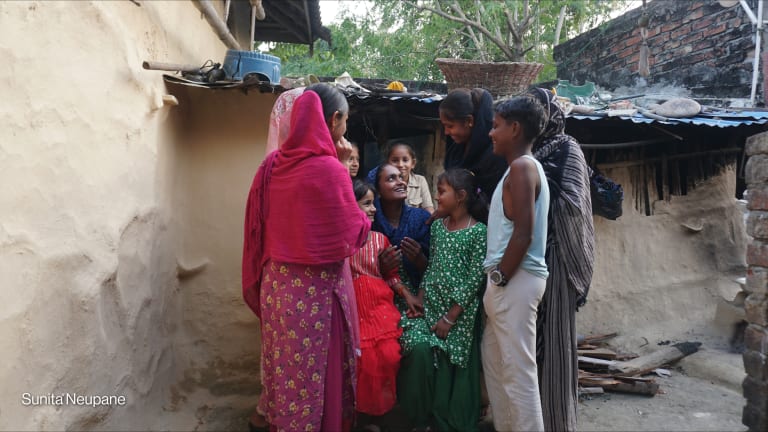Child marriage. It’s a phrase that was barely uttered or understood in the global development community even just 10 years ago. Yet over this past decade, some 140 million girls, most living in the developing world, have married before the age of 18, forcing them to drop out of school and become pregnant before their bodies and minds are ready. Child marriage may also lead to increased intimate partner violence, restricted mobility, limited access to families or friends, and limited ability to engage in their community’s and country’s development.
Now, after years of research documenting the harms that child marriage can bring to girls’ rights, health and welfare, and as a result of advocacy efforts by communities, nongovernmental organizations, development organizations and girls themselves, we have a global commitment to ending this practice in the next 15 years. Indeed, leaders at the United Nations this fall committed to eradicating child marriage through Agenda 2030 (the Sustainable Development Goals), and governments are finally starting to give this harmful practice the attention it deserves.
But the financial investments needed to end the practice fall far behind the need. With very few exceptions, policymakers in both donor and developing countries have not prioritized the action and the investment needed to eradicate this harmful practice.









